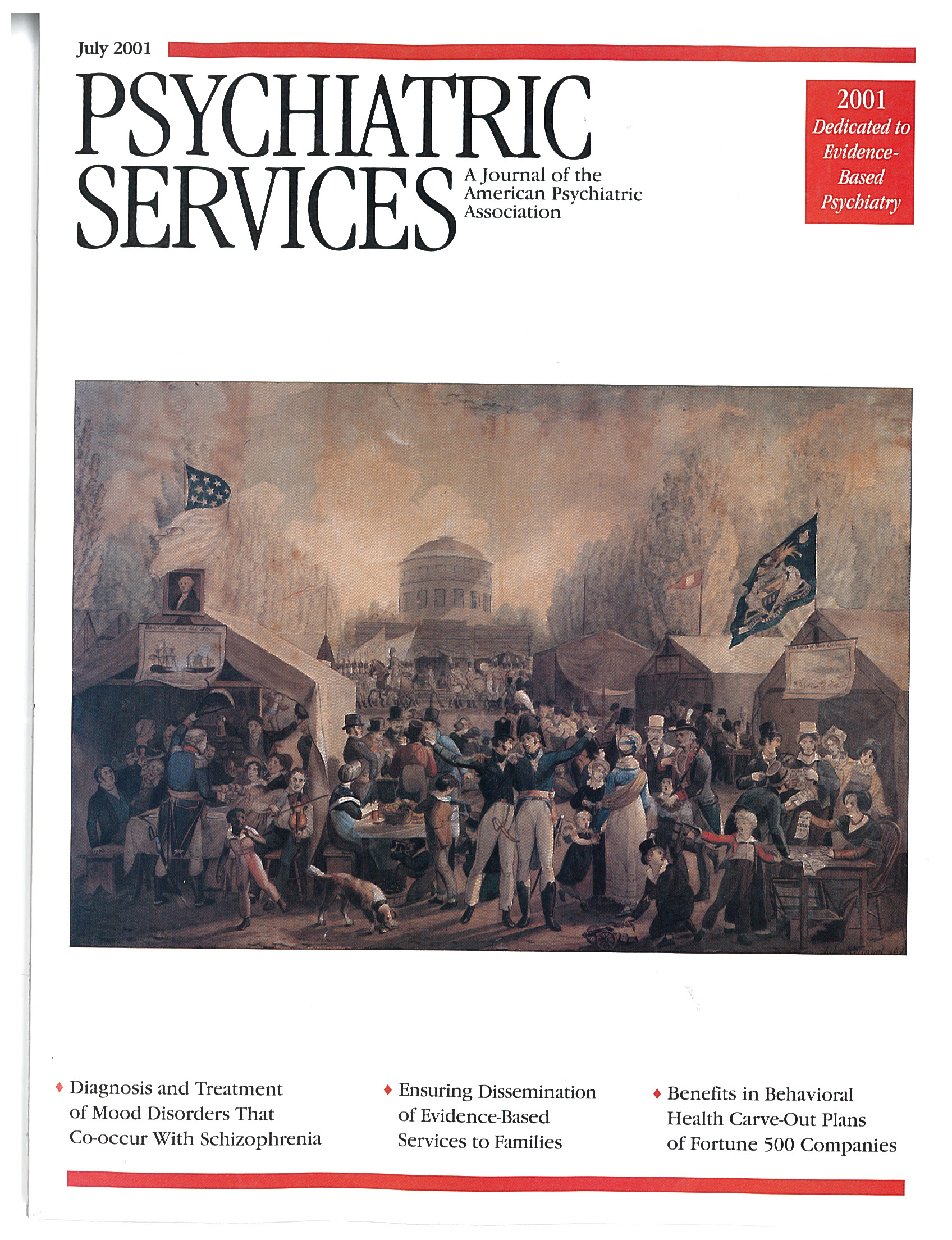The Walden House Young Adult HIV Program
The Walden House young adult HIV program in San Francisco is a comprehensive multidisciplinary approach to addressing substance abuse rehabilitation, mental health, and health care needs of HIV-positive youth and young adults who also have chronic mental health and substance abuse problems. The program combines long-term residential treatment for substance abuse, with mental health and HIV services individually tailored to meet the needs of young people with complex service needs. The program is part of a larger comprehensive study evaluating innovative community-based service models for HIV-AIDS care to adolescents and young adults, the Special Projects of National Significance program, funded through the Health Resources and Services Administration.
The program is a long-term residential treatment milieu with a census of eight clients. It is modeled on the "therapeutic community," in which client empowerment, self-help, and peer support are emphasized. Services include medical and psychological assessment, referral, and coordination; psychotherapy and counseling services; alternative therapies, such as acupuncture, massage therapy, and meditation; recreation and transportation; peer education and counseling; legal information and referral; and case management for long-term planning.
Clients have been recruited from 37 California counties and youth service providers across the state, including juvenile justice, social service, mental health, and primary health care agencies, as well as community-based organizations. Demographic, clinical, and service use data are available for 81 clients who entered the program between August 1994 and February 1998.
Clients were primarily male (80 percent), about two-thirds (67 percent) were white, and most had not completed high school (59 percent). Twenty-eight percent identified themselves as heterosexual; 43 percent said that they were gay or lesbian, 22 percent identified themselves as bisexual, and 6 percent were unsure about their sexual orientation. Clients' average age at intake was 24 years. Twenty-seven percent had previous psychiatric hospitalizations, 38 percent had a history of suicide attempts, 44 percent had injected drugs, 19 percent had shared needles, and 38 percent had engaged in unsafe sexual practices. At the time of intake, 36 percent of clients received a dual diagnosis of substance abuse and a major mental disorder; diagnosis was made by DSM-IV criteria after an assessment by a licensed Walden House clinician. Forty-six percent of clients were referred to psychiatric services at intake.
On average, clients' total length of stay in the program was 102 days; for three-quarters of the clients this total represented multiple treatment episodes. Sixty-three percent of clients either completed the program successfully (56 percent) or discharged themselves when they were substance free but before they had completed the program (7 percent).
The mean total cost per client, including direct and indirect costs, was $21,886. On average, clients used nine hours of direct services per day in the program. The bulk of total service hours fell into the categories of recreational activities (27 percent), other individualized activities (25 percent), and activities of daily living (16 percent). Individualized services included activities such as creative arts, driving instruction, and group production of a widely acclaimed video project on HIV and substance abuse treatment. Mental health services (14 percent) and medical services (5 percent) accounted for a relatively small proportion of total direct service costs. Residential treatment for young adults struggling with these multiple disorders is labor intensive and expensive, but we believe that in the long run the alternatives are much more costly.
Dr. Greenberg is vice-president and director of development and Mr. Nguyen is a research associate at Walden House, Inc., in San Francisco, and Dr. Morris is assistant research psychologist at the Center for Mental Health Services Research at the University of California at Berkeley. Send correspondence to Dr. Greenberg at Walden House, 520 Townsend Street, San Francisco, California 94103 (e-mail, [email protected]).



